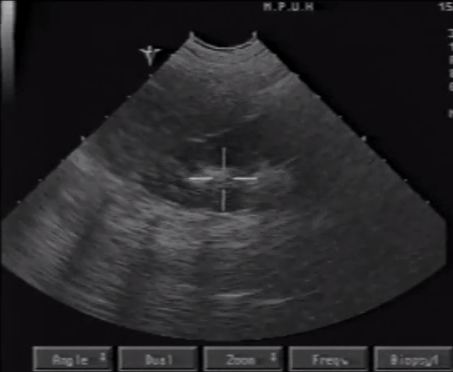Video: Robot-assisted laparoscopic vs open radical cystectomy – health-related QoL from a prospective randomised clinical trial
Health-related quality of life from a prospective randomised clinical trial of robot-assisted laparoscopic vs open radical cystectomy
Jamie C. Messer, Sanoj Punnen*, John Fitzgerald, Robert Svatek and Dipen J. Parekh
Department of Urology, University of Texas Health Sciences Center at San Antonio, San Antonio, TX and *Department of Urology, Miller School of Medicine, University of Miami, Miami, FL, USA
Objective
To compare health-related quality-of-life (HRQoL) outcomes for robot-assisted laparoscopic radical cystectomy (RARC) with those of traditional open radical cystectomy (ORC) in a prospective randomised fashion.
Patients and Methods
This was a prospective randomised clinical trial evaluating the HRQoL for ORC vs RARC in consecutive patients from July 2009 to June 2011. We administered the Functional Assessment of Cancer Therapy–Vanderbilt Cystectomy Index questionnaire, validated to assess HRQoL, preoperatively and then at 3, 6, 9 and 12 months postoperatively. Scores for each domain and total scores were compared in terms of deviation from preoperative values for both the RARC and the ORC cohorts. Multivariate linear regression was used to assess the association between the type of radical cystectomy and HRQoL.
Results
At the time of the study, 47 patients had met the inclusion criteria, with 40 patients being randomised for analysis. The cohorts consisted of 20 patients undergoing ORC and 20 undergoing RARC, who were balanced with respect to baseline demographic and clinical features. Univariate analysis showed a return to baseline scores at 3 months postoperatively in all measured domains with no statistically significant difference among the various domains between the RARC and the ORC cohorts. Multivariate analysis showed no difference in HRQoL between the two approaches in any of the various domains, with the exception of a slightly higher physical well-being score in the RARC group at 6 months.
Conclusions
There were no significant differences in the HRQoL outcomes between ORC and RARC, with a return of quality of life scores to baseline scores 3 months after radical cystectomy in both cohorts.










